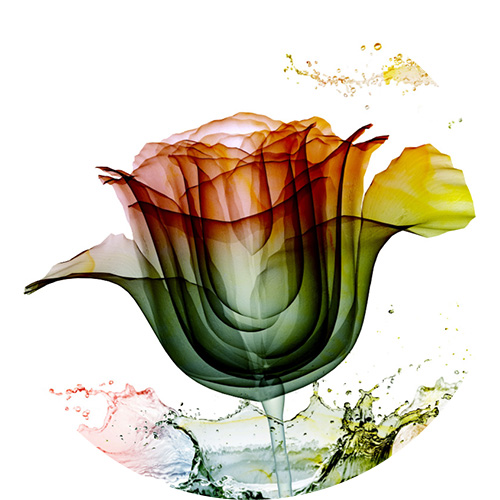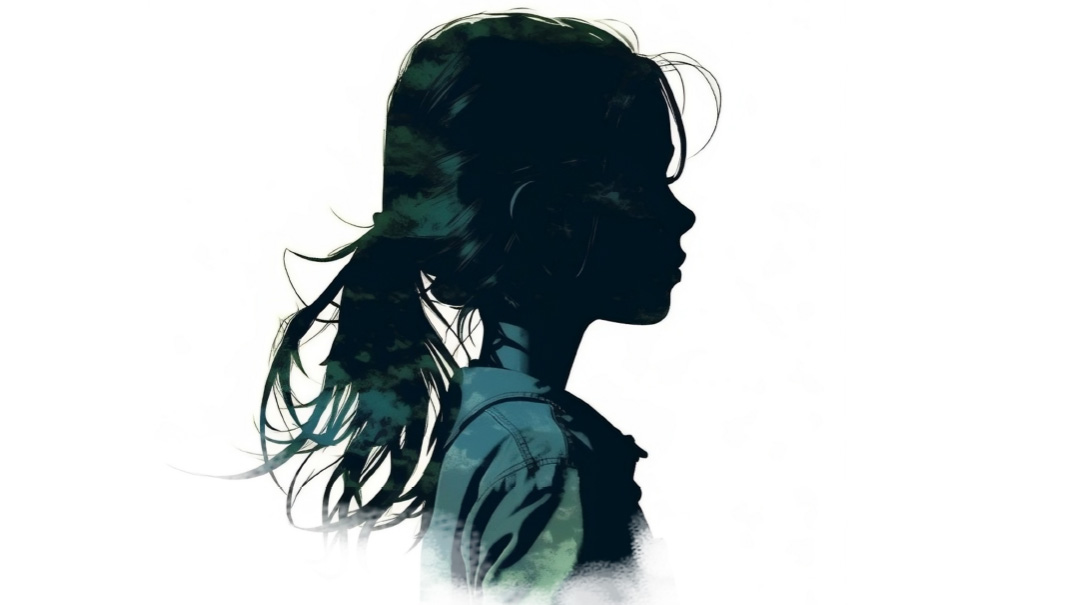Vered’s Story: Chapter 9
| December 27, 2022“Well, you know,” she said. “You don’t live in a place with lots of Jews….”

Camp was okay. I didn’t have trouble socially. But the camp was full of yeshivish girls from “in-town” (whatever that meant). I found myself confused by the whole experience; yes, camp was interesting, but… it really wasn’t so amazing.
One evening, after night activity, I asked my counselor about it. “Why do I feel so different?” I asked.
My counselor tried to explain. “It’s because you’re such an out-of-towner,” she said.
I shot her a questioning look. “What do you mean?”
“Well, you know,” she said. “You don’t live in a place with lots of Jews….”
My mouth fell open. “What are you talking about?” I said. “I do live in a place with lots of Jews!” When I had transferred to Bais Yaakov just one year earlier, after my bas mitzvah, we’d also moved closer to the Jewish community. This meant moving further away from the more rural, predominantly non-Jewish area in which we’d lived before. In my new home, we were surrounded by Yidden — there was even a kosher pizza store, a kosher bakery, and a kosher grocery. What was “out-of-town” about that? We were absolutely surrounded by Jews! We lived the pinnacle of Jewish existence!
Oops! We could not locate your form.


